Cars Are Being Reinvented to Keep Up With Autonomous Tech
【Summary】Tires, seats, windows, headlights, these are just a few features on cars that are drastically changing to ensure autonomous vehicles are intelligent as possible.
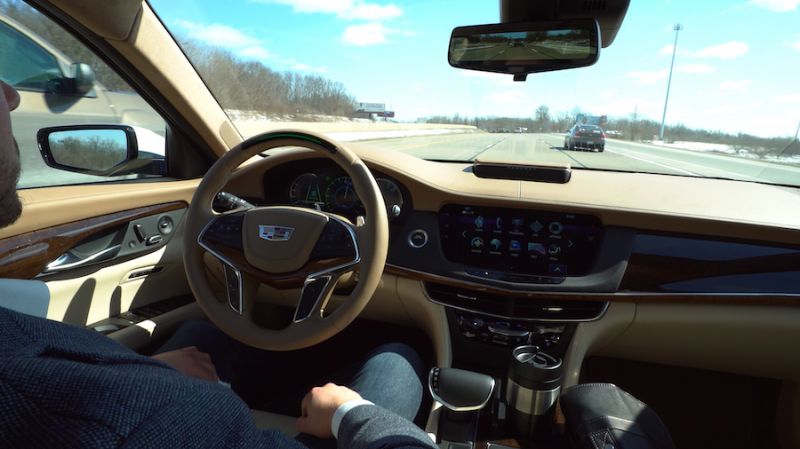
The entire automotive industry is in a tailspin as autonomous technology begins to trickle out onto the market. Cars that can drive themselves are set to change everything we know about cars. While major autonomous companies like Waymo, Alphabet, and Mobileye are clearly carving out massive chunks out of the autonomous segment, smaller supply companies are trying to get into the scene with a couple of high-tech parts.
According to Bloomberg, autonomous vehicles are challenging for traditional automakers, but they're even more of a conundrum to old-school parts manufacturers.
"Autonomous driving is a challenge for carmakers, but it's a bigger challenge for conventional parts makers," said Zhou Lei, a partner at Deloitte Tohmatsu Consulting in Tokyo. "They are striving to become the ‘five sense' of the vehicle so they can remain relevant."
So while automakers are spending billions into developing autonomous technology, conventional parts makers are looking to specialize in making other parts of a car high tech. Bloomberg points to four things that will be updated to keep up with self-driving cars.
Intelligent Headlights
Adaptive headlights aren't exactly new. Automakers have offered headlights that can read roads and illuminate the inner portion of the corner for a number of years. Even normal cars like the Toyota Corolla Hatchback now have adaptive headlights as an option. But there's so much more that can be done with headlights.
Koito Manufacturing, a Tokyo-based company, is looking into adding sensors and artificial-intelligence chips to automotive headlights by 2025. With the new technology, the company's headlights will not only be able to illuminate the road, but they'll be able to process information, claims the outlet. After processing the info, the headlights will be able to react to the information, which includes signaling to pedestrians, illuminate specific portions of a road, and communicating with other drivers by shining a specific color.
Bloomberg reports that customers for the smart headlights include General Motors, Volkswagen, and Toyota. "Autonomous driving will change the role of lamps," said Yuji Yokoya, executive vice president of Koito Manufacturing. "We see them not just as lamps, but more as corner modules."
Window Antennas
At the moment, glass windows are all about keeping things out of a car. Whether that's rain, a bug, or wind noise, glass has an easy job. Asahi Glass Co. Ltd., though, sees the next generation of glass as being built-in antennas for 5G wireless connections . With the wireless connection, cars will be able to communicate with one another and other vehicles on the road. Toyota, Sony, and Tesla are on board with high-tech glass from the company, states the outlet.
Tires and Seats
Tires are some of the, if not the, most important components of a vehicle. They're what provide a car with a stable connection to the road. Without tires, there's nothing keeping a car on a road. Tires, though, will become smarter to adapt to ever-changing road conditions. For instance, if a road surface goes from being dry to wet, upcoming tires will be able to detect how much water is on the road and change its surface structure accordingly.
Then, there are the seats, which will one day be able to detect stress, passengers' heart rates, drowsiness, and other things before activating an appropriate treatment. There's a level of luxury to high-tech seats, too, as they'll have a noise-canceling feature in the headrests and allow passengers to have "micro-climates" beyond just dual-zone climate control.
By updating traditional components with new-age technology, conventional automakers have a fighting chance to stay alive with the rise of autonomous technology
-

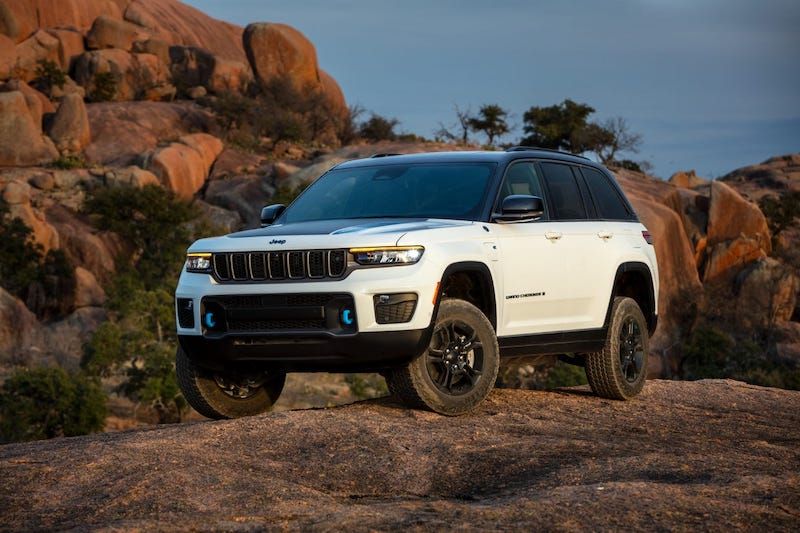
2023 Jeep Grand Cherokee Trailhawk Now PHEV Only
-

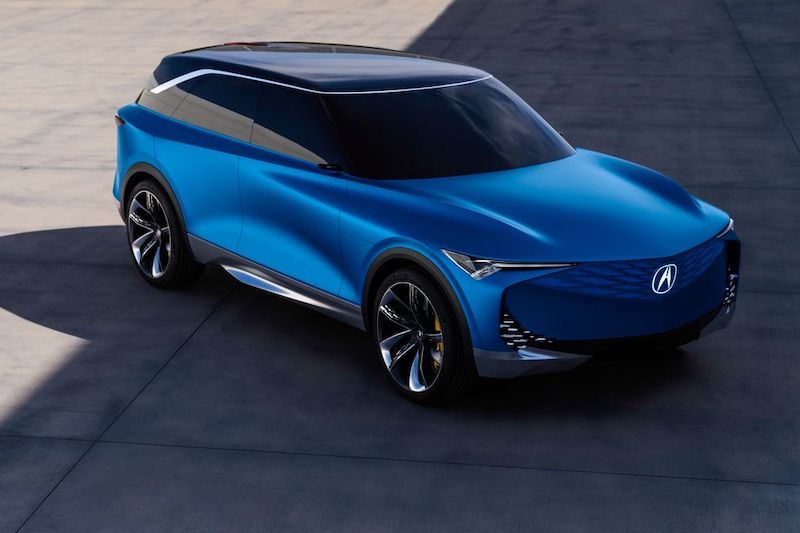
Acura Prevision EV Concept Previews Brand’s Electric Future
-


Hyundai Gets Serious About Electric Performance Cars, Shows off Two Concepts
-


Ford Looks to Have 100% of EV Sales Be Online
-

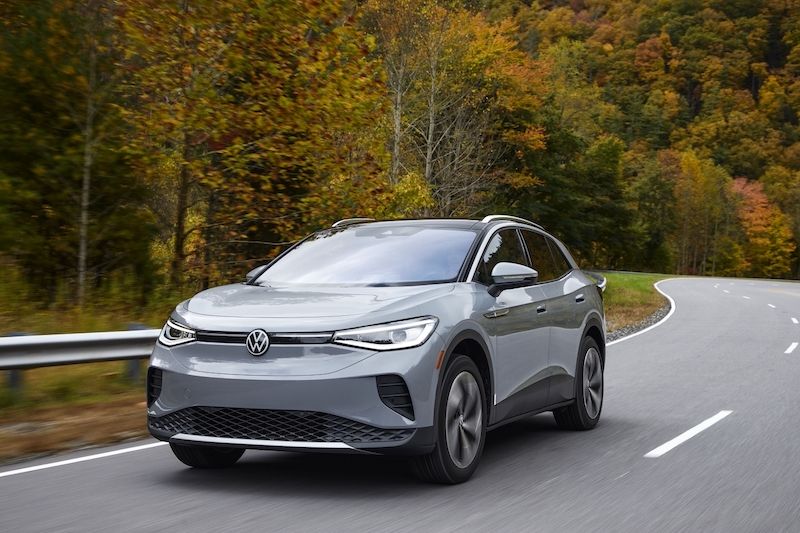
Volkswagen CEO Believes It Will Overtake Tesla in EV Sales by 2025
-

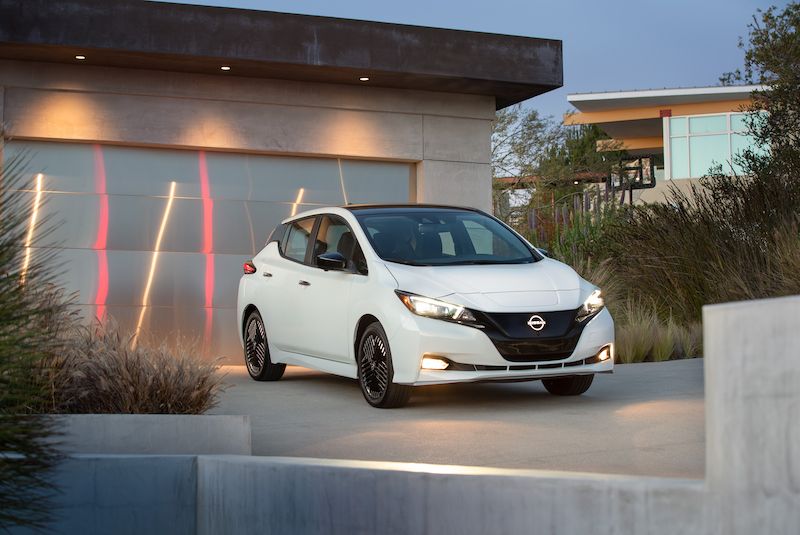
Report Claims Nissan Leaf Will Be Discontinued by 2025
-


Autonomous Vehicles Will Require Cities to Change Their Transportation Methods
-


Rivian, Mercedes-Benz Partner to Produce Electric Commercial Vans
- Munro and Associates Offers a Detailed Look of How the Front Seats of the Tesla Model Y Are Bolted to its Battery in New Video
- SK Inc. Invests $100 Million in North Carolina-based EV Charging Hardware Developer Atom Power
- GM Launches its Dealer Community Charging Program, Aims to Install 40,000 EV Chargers in Rural Areas and Small Towns Across the U.S.
- Valeo Signs Major Deal with BMW to Supply Advanced Driver Assist Hardware for the Automaker's Forthcoming 'Neue Klasse' EV Platform
- Volkswagen CEO Believes It Will Overtake Tesla in EV Sales by 2025
- Tesla Believes Its Dojo AI System Will Help It Win the Self-Driving Car Race
- Ford Issues ‘Stop Sale’ of the Electric Mustang Mach-E Over Possible Loss of Propulsion While Driving
- Honda's New EV Friendly Retail Plans Hint at the End of Mega Dealerships
- Volvo Offers a Sneak Peak of its New Flagship EX90 Electric SUV Ahead of its Upcoming Reveal on Nov 9
- Automaker BYD is Emerging as One of Tesla’s Biggest Competitors in China, Latest Vehicle Registration Data Shows











 About Us
About Us Contact Us
Contact Us Careers
Careers